Table of Contents
On-page SEO is the practice of optimizing individual web pages to rank higher and earn more relevant traffic in search engines. The goal of on-page SEO is to help search engines understand the content of a page, and its relevance to specific queries, and ultimately rank it higher in search results.
An on-page SEO checklist is a valuable tool for ensuring that all important on-page factors are properly optimized. This checklist typically includes items such as title tags, meta descriptions, header tags, keyword usage, image optimization, and internal linking. By following an on-page SEO checklist, website owners and marketers can improve their website’s search engine visibility and attract more targeted traffic to their site.
Our all-inclusive 2024 on-page SEO checklist
It’s time to go over our on-page SEO checklist for 2024. Keep in mind that you’ll see the best results when you use every item on our checklist!

OR
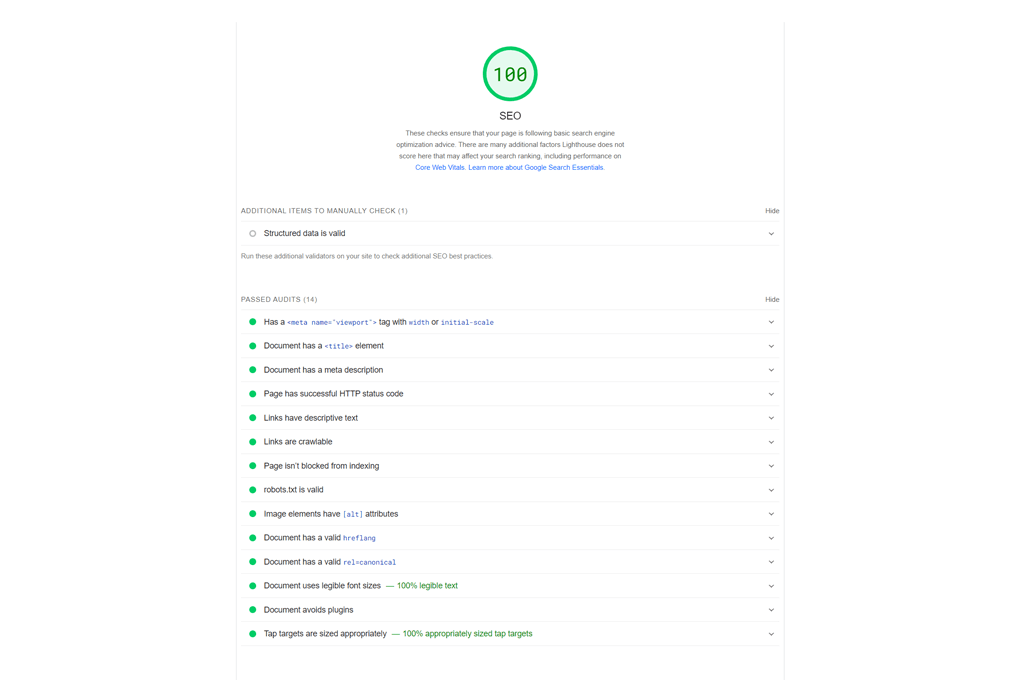
Keyword Optimization
Keyword optimization is an important aspect of on-page SEO. It involves optimizing various elements of a webpage to align with the targeted keywords. Here are some key elements to focus on when optimizing keywords:
Title Tag
The title tag is one of the most important on-page SEO factors. It tells search engines what the page is about and appears as a clickable link in search engine results pages (SERPs). Including the targeted keyword in the title tag can help improve search engine rankings. It is recommended to keep the title tag length under 60 characters to avoid truncation in SERPs.
How the title tag is displayed in the code:
<title>Best Web Development Agency in Dar es Salaam | SteveAyo</title>
How title tag displays on Google:

Meta Description
The meta description is a summary of the page’s content that appears below the title tag in SERPs. While it does not directly impact search engine rankings, it can influence click-through rates. Including the targeted keyword in the meta description can help improve relevancy and encourage clicks. It is recommended to keep the meta description length under 155 characters.
How the meta description is displayed in the code:
<meta name="description" content="Transform your online presence with Dar es Salaam's top web development experts. Affordable, innovative solutions for your digital journey"/>
How meta description displays on Google:

URL Structure
The URL structure should be clear and concise, including the targeted keyword if possible. Avoid using long and complicated URLs as they can be difficult for search engines and users to understand. It is recommended to use hyphens to separate words in the URL.
Heading Tags
Heading tags (H1, H2, H3, etc.) help organize content and provide a hierarchy of importance for search engines and users. Including the targeted keyword in the H1 tag can help improve relevancy and search engine rankings. It is recommended to use only one H1 tag per page and include additional heading tags as needed to organize content.
First Paragraph
The first paragraph of a webpage is important for both search engines and users. Including the targeted keyword in the first paragraph can help improve relevancy and search engine rankings. It is recommended to include the keyword naturally and avoid over-optimization.
By optimizing these elements for keywords, webpages can improve their relevancy and visibility in search engine results pages.
Content Quality
Creating high-quality content is crucial for on-page SEO success. Search engines aim to provide the best possible results to their users, which is why they prioritize original, relevant, and valuable content. Here are some factors to consider when assessing the quality of your content.
Originality
Original content is content that is unique and not found elsewhere on the internet. Duplicate content can negatively impact your search engine rankings, so it’s important to ensure that your content is original. Plagiarism is also a serious offense, so it’s essential to create content that is entirely your own.
Relevance
Relevance refers to how closely your content matches the user’s search intent. For example, if a user searches for “best pizza places in New York,” they expect to find a list of the best pizza places in New York, not a recipe for homemade pizza. Ensure that your content is relevant to the user’s search query by including relevant keywords and phrases.
Value and Depth
Creating valuable and in-depth content is essential for on-page SEO success. Valuable content is content that provides useful information to the user, while in-depth content goes into detail on a particular topic. Aim to create content that answers the user’s questions and provides them with the information they need.
One way to ensure that your content is valuable and in-depth is to use formatting such as tables, lists, bold, and italic. These formatting options can help convey information to the reader and make your content easier to read and understand.
User Experience
User experience is an essential aspect of on-page SEO. A website that provides a positive user experience is more likely to rank higher in search engine results pages (SERPs). The following subsections describe some of the critical user experience factors to consider when optimizing a website for search engines.
Page Load Speed
Page load speed is one of the most crucial factors that affect user experience. A website that loads slowly can frustrate users and cause them to leave the site. Therefore, it is essential to optimize the website’s page load speed for both desktop and mobile devices.
To improve page load speed, webmasters can compress images, minify CSS and JavaScript files, and leverage browser caching. They can also use a content delivery network (CDN) to distribute the website’s content across multiple servers, which can help reduce page load time.
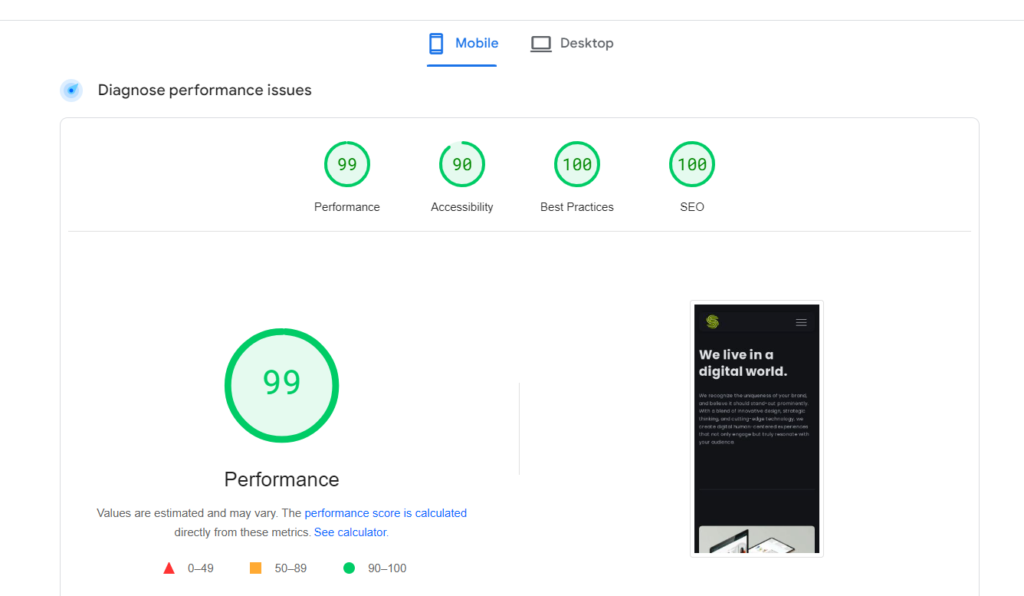
Mobile Responsiveness
In today’s mobile-first world, having a mobile-responsive website is critical for providing an excellent user experience. A mobile-responsive website adjusts its layout and content to fit the screen size of the device being used to access it.
Webmasters can make their website mobile-responsive by using a responsive design framework or by creating a separate mobile version of their site. They can also use Google’s Mobile-Friendly Test tool to check if their website is mobile-friendly.
Navigation
Navigation is another critical factor that affects user experience. A website with a well-organized and easy-to-use navigation menu can help users find what they are looking for quickly. On the other hand, a website with a confusing or cluttered navigation menu can frustrate users and cause them to leave the site.
Webmasters can improve navigation by using clear and descriptive menu labels, creating a logical hierarchy of pages, and including a search bar on the website.
Internal Linking
Internal linking is the practice of linking to other pages on the same website. Internal linking can help users navigate the website and find related content. It can also help search engines understand the website’s structure and hierarchy.
Webmasters can improve internal linking by using descriptive anchor text, linking to relevant pages, and creating a logical hierarchy of pages.
By focusing on these user experience factors, webmasters can create a website that provides a positive user experience and ranks well in search engine results pages.
Technical SEO
Canonical Tags
Canonical tags are an essential part of technical SEO, and they help to avoid duplicate content issues. These tags inform search engines about the preferred version of your content when there are multiple versions of the same page. It is crucial to use canonical tags correctly, especially when dealing with e-commerce sites that have multiple pages with similar content.
Structured Data Markup
Structured data markup provides additional information about the content on your website to search engines. It uses a specific vocabulary to describe the content in a way that search engines can understand better. This information can help search engines to display rich snippets, which can improve click-through rates and drive more traffic to your website. Structured data markup can be used for various types of content, such as articles, products, events, and more.
XML Sitemaps
An XML sitemap is a file that lists all the pages on your website and provides additional information about them, such as when they were last updated and how frequently they change. This file helps search engines to crawl your website more efficiently and discover new pages. It is essential to keep your XML sitemap up-to-date and submit it to search engines regularly.
Robots.txt File
The robots.txt file is a text file that tells search engines which pages or sections of your website they should or should not crawl. This file is crucial for preventing search engines from crawling sensitive content, such as login pages or admin sections. It is essential to use the robots.txt file correctly to avoid accidentally blocking search engines from crawling essential pages on your website.
Overall, technical SEO is a critical aspect of on-page SEO, and it involves various technical elements that help search engines to crawl and understand your website better. By following the technical SEO checklist, you can ensure that your website is optimized for search engines and provides a better user experience for your visitors.
Multimedia Elements
Multimedia elements such as images and videos can enhance the user experience of a webpage and also improve its search engine ranking. It is important to optimize these elements to ensure they are accessible and contribute positively to the overall SEO of the page.
Image Optimization
Images should be optimized for both user experience and search engines. This can be achieved by following these guidelines:
- Use high-quality images that are relevant to the content of the page.
- Compress images to reduce file size without compromising quality. You can use online free tools like tinyPNG
- Use descriptive and relevant file names for images.
- Include alt text to describe the image for users who cannot view it and for search engines to understand the content of the image.
By following these guidelines, images can contribute positively to the user experience and search engine ranking of a webpage.
Video Integration
Videos can be a powerful tool to engage users and improve the overall user experience of a webpage. To optimize videos for SEO, it is important to follow these guidelines:
- Use relevant and high-quality videos that are related to the content of the page.
- Optimize video titles and descriptions with relevant keywords.
- Include a transcript of the video to make the content accessible to users and search engines.
- Host videos on a reliable and fast server to ensure quick loading times.
By following these guidelines, videos can contribute positively to the user experience and search engine ranking of a webpage.
Social Sharing
Social Media Tags
Social media tags are an essential aspect of on-page SEO as they help to optimize the content for social media sharing. These tags provide social media platforms with the necessary information to display the content correctly. The following are some of the essential social media tags:
- Open Graph Tags: These tags are used by Facebook to display information about the content when it is shared on the platform. Open Graph tags include the title, description, and image of the content.
- Twitter Cards: Twitter cards are similar to Open Graph tags, but they are used by Twitter. These tags provide Twitter with the necessary information to display the content correctly.
- Pinterest Rich Pins: Pinterest Rich Pins are used to display more information about the content when it is shared on Pinterest. These pins include the title, description, and image of the content.
Content Shareability
Content shareability is another crucial aspect of on-page SEO. Creating shareable content helps to increase the visibility of the content on social media platforms, which can lead to more traffic and backlinks. The following are some tips to make content more shareable:
- Include Social Sharing Buttons: Make it easy for readers to share the content by including social sharing buttons on the page.
- Create Engaging Content: Engaging content is more likely to be shared on social media platforms. Use attention-grabbing headlines, high-quality images, and videos to make the content more engaging.
- Optimize Images for Social Media: Optimize images for social media by using the correct size and format. Use images that are visually appealing and relevant to the content.
By following these tips, you can improve the social sharing of your content, which can lead to more traffic and backlinks.
Advanced Tactics
Voice Search Optimization
Voice search is becoming increasingly popular with the rise of digital assistants like Siri, Alexa, and Google Assistant. To optimize for voice search, websites should focus on using conversational language and long-tail keywords. This means using natural language that people would use when speaking, rather than just focusing on specific keywords.
Additionally, websites should ensure that their content is easily scannable and can be read aloud clearly. This can be achieved by using bullet points, numbered lists, and short paragraphs. Websites should also ensure that their content is mobile-friendly, as many voice searches are conducted on mobile devices.
Local SEO Elements
Local SEO is critical for businesses that rely on local customers. To optimize for local SEO, websites should ensure that their business information is consistent across all online directories and platforms. This includes the business name, address, phone number, and website URL.
Websites should also focus on building local citations, which are mentions of the business on other websites. This can be achieved by reaching out to local directories, blogs, and news sites. Additionally, websites should use location-specific keywords in their content and meta descriptions.
Overall, optimizing for voice search and local SEO can greatly improve a website’s visibility and attract more relevant traffic. By following these advanced tactics, websites can stay ahead of the competition and continue to rank well in search engine results pages.
On-page SEO services from Us
If you’re overwhelmed by the items on our on-page SEO checklist, fear not! We are a full-service digital marketing agency that offers a variety of on-page SEO services (and off-page SEO services) — including but not limited to the checklist items on this page. We can help you rank highly for the keywords that mean the most to your industry, increase your website traffic, and increase your revenue year over year.
We’ve already driven amazing results for our previous clients — and you could be next! Contact us online for a free quote, or give us a call at (+255) 783-957-836!
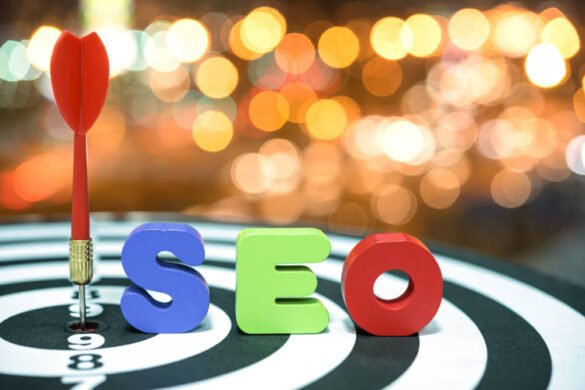
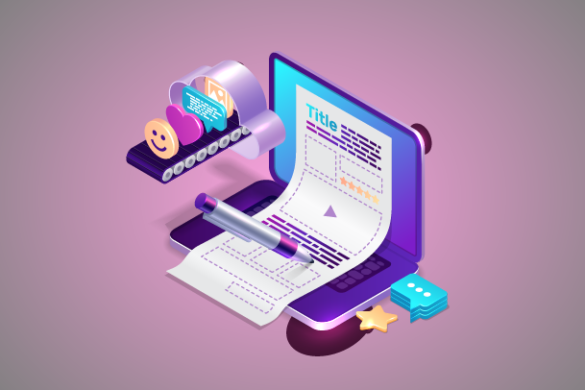


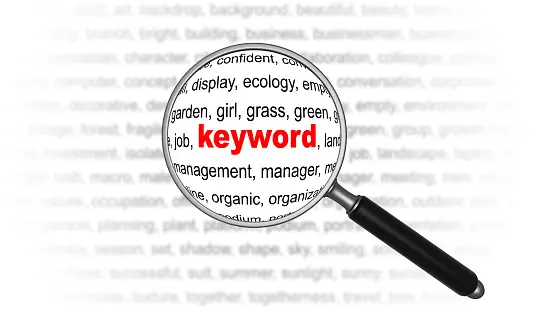
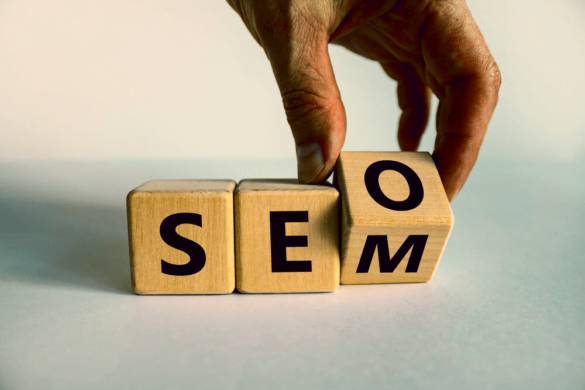
Add your first comment to this post